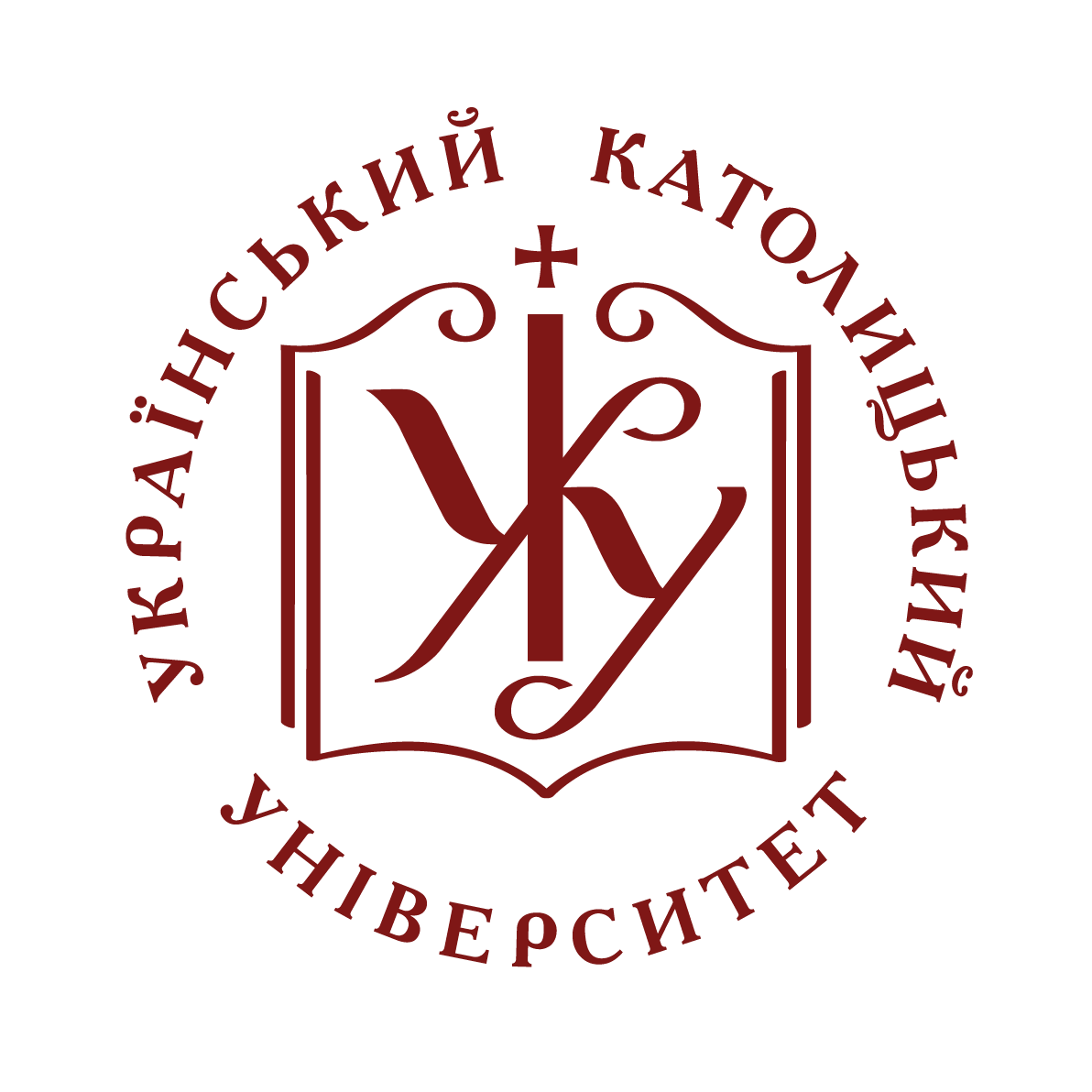- Домівка
- →
- Faculty of Humanities | Гуманітарний факультет
- →
- Кафедра історії
- →
- Статті
- →
- Перегляд матеріалів
Сценарії JavaScript вимкнено для Вашого браузера. Деякі функції цього сайту не будуть працювати без них.
Показати скорочений опис матеріалу
| dc.contributor.author | Moskalets, V
|
|
| dc.date.accessioned | 2022-07-21T13:17:11Z | |
| dc.date.available | 2022-07-21T13:17:11Z | |
| dc.date.issued | 2022 | |
| dc.identifier.citation | Moskalets, Vladyslava. “Looking for Yiddishland: Galicia in the Interwar Yiddish Travelogues.” Jews and Slavs, Volume 27, 2022. | uk |
| dc.identifier.isbn | 978-961-05-0623-2 | |
| dc.identifier.uri | https://er.ucu.edu.ua/handle/1/3163 | |
| dc.description.abstract | Since the end of the eighteenth century, writers, philosophers, and politicians of various ethnic and social backgrounds discovered and rediscovered Austrian Galicia. After Galicia officially ceased to exist in the interwar period, it remained important both for those who longed for an Austrian Empire and those who tried to envision the future of the new Polish state. It remained a distinct region in the public consciousness, somehow exotic and in- triguing. Historian Larry Wolff called this moment “Galicia after Galicia” and focused his research on the texts written in German. At the same time, there appeared Yiddish literary works, which dealt with the concept of Galicia and the distinctiveness of its Jewry. One of the first authors who started the Yiddish genre of “Galician” travelogues was S. An-sky with his book “1915 Diary.” In the 1920s, Jewish writers and journalists, such as Yoel Mastboym, Chone Gottesfeld, Leibush Draikurs, Nachman Meisel, and Israel Joshua Sing- er, traveled to Galicia. They wrote Yiddish reportages for major newspapers, such as Der Moment, Literarishe Bleter, and Forverts. They were looking for “traditional Jewish life,” inspired by Hasidic culture, whereas becoming disappointed with the most evident misery, everyday struggle, and neglect of Jewish material culture. The destruction of Yiddish life is the motive that repeats in the texts. These authors, often non-Galicians in their origins, have observed distinct Jewish communities, including Hasidim, Jewish workers, Jewish peasants, late adherents of the Frankist movement, and broken Jewish nobility. Unlike such German writers as Joseph Roth or Alfred Doeblin, Polish Yiddishists considered the region an ethnographic curiosity and a possibility to use their activism for an organization of Galician Jewish life. They criticized Germanized version of local Jewish culture but saw promise in the new generation of Jewish people interested in Yiddish theatre or literature. Some local Galician writers, such as Leibush Draykurs, shared this approach as well. | uk |
| dc.language.iso | en | uk |
| dc.publisher | Jews and Slavs, Jewish-Slavic Cultural Horizons: Essays on Jewish History and Art in Slavic Lands | uk |
| dc.subject | Galicia | uk |
| dc.subject | Jewish history | uk |
| dc.subject | Travelogue | uk |
| dc.subject | Reportage | uk |
| dc.subject | Yiddish | uk |
| dc.title | Looking for Yiddishland: Galicia in the Interwar Yiddish Travelogues | uk |
| dc.type | Article | uk |
| dc.status | Опублікований і розповсюджений раніше | uk |
| dc.description.abstracten | Since the end of the eighteenth century, writers, philosophers, and politicians of various ethnic and social backgrounds discovered and rediscovered Austrian Galicia. After Galicia officially ceased to exist in the interwar period, it remained important both for those who longed for an Austrian Empire and those who tried to envision the future of the new Polish state. It remained a distinct region in the public consciousness, somehow exotic and in- triguing. Historian Larry Wolff called this moment “Galicia after Galicia” and focused his research on the texts written in German. At the same time, there appeared Yiddish literary works, which dealt with the concept of Galicia and the distinctiveness of its Jewry. One of the first authors who started the Yiddish genre of “Galician” travelogues was S. An-sky with his book “1915 Diary.” In the 1920s, Jewish writers and journalists, such as Yoel Mastboym, Chone Gottesfeld, Leibush Draikurs, Nachman Meisel, and Israel Joshua Sing- er, traveled to Galicia. They wrote Yiddish reportages for major newspapers, such as Der Moment, Literarishe Bleter, and Forverts. They were looking for “traditional Jewish life,” inspired by Hasidic culture, whereas becoming disappointed with the most evident misery, everyday struggle, and neglect of Jewish material culture. The destruction of Yiddish life is the motive that repeats in the texts. These authors, often non-Galicians in their origins, have observed distinct Jewish communities, including Hasidim, Jewish workers, Jewish peasants, late adherents of the Frankist movement, and broken Jewish nobility. Unlike such German writers as Joseph Roth or Alfred Doeblin, Polish Yiddishists considered the region an ethnographic curiosity and a possibility to use their activism for an organization of Galician Jewish life. They criticized Germanized version of local Jewish culture but saw promise in the new generation of Jewish people interested in Yiddish theatre or literature. Some local Galician writers, such as Leibush Draykurs, shared this approach as well. | uk |
| dc.relation.source | Jews and Slavs, Jewish-Slavic Cultural Horizons: Essays on Jewish History and Art in Slavic Lands | uk |
Долучені файли
Даний матеріал зустрічається у наступних зібраннях
-
Статті [72]
Articles


